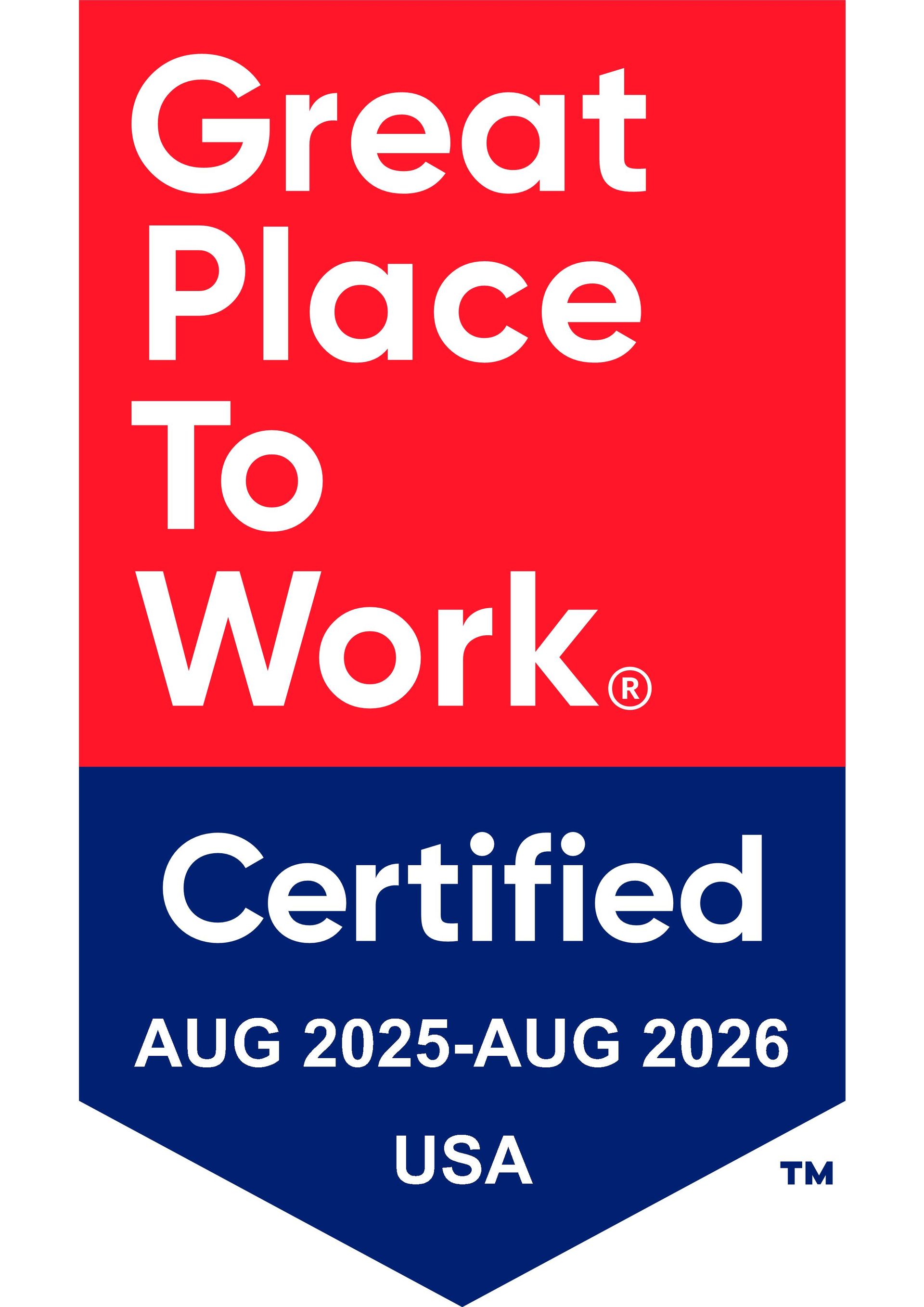
5 Key Insights into What Open Access HMO Plans Require
9 May 2025

Healthcare costs are rising fast, and companies are always looking for smarter ways to offer good health benefits without spending too much. One plan that's getting more popular is the Open Access HMO. It keeps healthcare affordable like a regular HMO but removes some of the hassles that frustrate employees.
Before you add this type of plan to your company’s benefits package, it’s important to really understand what Open Access HMOs require. They are more flexible than the old-style HMOs but still come with a few important rules you need to know. Here are five key things employers and employees should understand:
1. In-Network Care is Still Required
Just like regular HMOs, Open Access HMOs require employees to use doctors, hospitals, and other healthcare providers that are in the plan’s network. The only time you can go outside of the network is for a true emergency, like a serious injury or sudden illness that needs immediate care.
The upside? Costs stay much lower. Insurance companies work out deals with network providers to get better prices on care. This helps employers spend less on premiums and keeps out-of-pocket costs lower for employees too.
According to the Kaiser Family Foundation, the average yearly premium for HMO plans was about $8,203 for a single person, while PPO plans averaged around $8,906. That’s a big difference that can save companies thousands of dollars a year when you add up all your employees.
It’s very important for employees to double-check that their doctor is in the network before making an appointment. Going outside the network could mean big surprise bills that the insurance won’t cover. Teaching employees how to search for in-network doctors online or through the insurance app can help avoid confusion.
2. No Referrals Needed to See a Specialist
One of the biggest complaints about old-fashioned HMO plans is that you have to go see your Primary Care Doctor (PCP) first before you can even schedule a visit with a specialist. This extra step wastes time and can make employees frustrated when they’re trying to get the care they need. Open Access HMOs fix that problem. Employees can go straight to an in-network specialist without having to get a referral from a PCP first.
This makes it faster and easier to get care. It also cuts down on the amount of paperwork and extra work HR teams have to handle, like answering questions about referrals or solving problems when a referral didn’t get processed on time. Employees feel more in control of their healthcare decisions, which boosts satisfaction with the benefits you offer.
3. Some Services Still Need Pre-Approval
Even though employees don’t need referrals for specialists, they do still need pre-authorization for certain expensive services. This means getting permission from the insurance company before getting certain types of care.
Examples of services that usually need pre-authorization include things like:
- MRIs or CT scans
- Outpatient surgeries
- Specialty medicines like injections or infusions
Employers should make sure employees know about this rule early on. If someone forgets to get pre-authorization, they could end up with a large medical bill that the insurance company won’t pay. Clear training materials and reminders can go a long way in making sure employees follow the rules and stay protected.
4. Preventive Care is a Big Deal
One of the best parts of an Open Access HMO plan is the big focus on preventive care. This includes services like:
- Yearly physical exams
- Vaccines like flu shots
- Screenings like mammograms and cholesterol checks
Most preventive services are offered at no extra cost to employees, as long as they use in-network providers.
When employees get regular check-ups and screenings, they catch health problems early. Early treatment often means smaller medical bills and better health outcomes. This keeps employees healthier overall and helps companies avoid expensive claims for serious illnesses later on.
Encouraging preventive care can also lead to fewer sick days, higher employee morale, and better long-term cost control for the company.
5. Picking a Primary Care Doctor is Optional (But Really Smart)
Most Open Access HMOs don’t require employees to pick a Primary Care Doctor (PCP)—but it’s still a smart idea. A PCP acts like a coach for an employee’s health. They help manage chronic problems like asthma or diabetes, answer questions about symptoms, and help organize any care you might need from specialists.
Having one doctor who knows your full health story means better care overall. It reduces medical mistakes, prevents double-testing, and helps make sure treatments from different doctors fit together the right way.
From an employer’s point of view, better care coordination usually leads to healthier employees, fewer costly medical events, and stronger workplace performance.
Conclusion: Open Access HMOs Are a Smart Choice for Today’s Workforce
Open Access HMO plans are a great middle ground between saving money and giving employees more freedom in how they use their health benefits.
Yes, employees must stay in-network and still need pre-approval for some services. But they no longer have to waste time getting referrals just to see a specialist, which is a major win.
For companies looking to save money without cutting corners on healthcare quality, Open Access HMOs are an excellent option. With premiums that are usually lower than PPO plans and a focus on preventive care, these plans help businesses offer stronger, more affordable benefits that employees actually appreciate.
At KBI Benefits, we specialize in helping businesses find the right health plans for their team. Whether you’re interested in an Open Access HMO or thinking about a bigger benefits refresh, we’re here to make the process simple and successful.
Contact a KBI Benefits agent today to schedule a free consultation. Let’s build a benefits strategy that’s smarter, stronger, and ready for the future!




